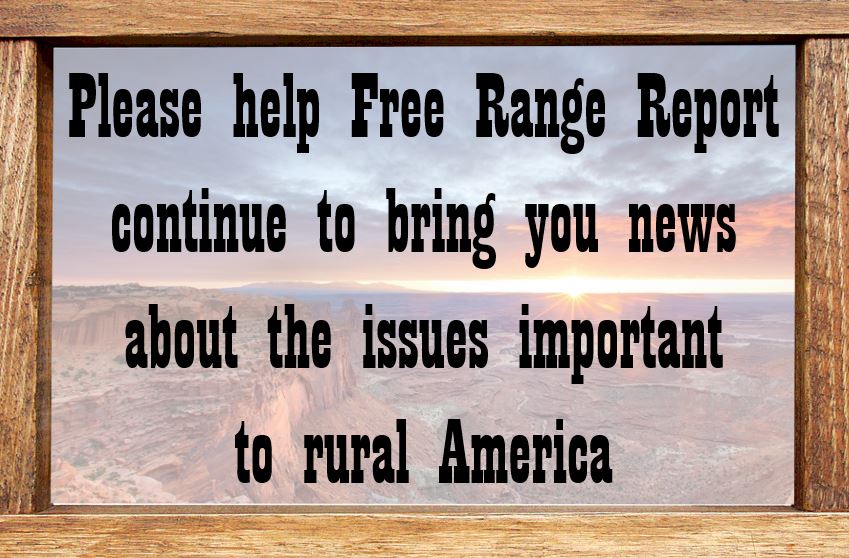
[paypal_donation_button]
“I sent him a letter asking that he open immediate prescriptive grazing on the Charles M. Russell Wildlife Refuge,” Swanson said. “The CMR is unique. There’s plenty of grass. It’s been underutilized for more than two decades. It’s a blessing and a curse. We could use it because it’s so overgrown, but that’s also what makes it a fire risk.”
Tom Lutey
Burned out Montana ranchers hope to graze their cattle on wildlife refuge
In the aftermath of the Lodgepole Complex fire, as cowboys on horseback rounded up the hoofed survivors from 270,000 charred acres, there were already ranchers scanning the horizon for green grass.
There were thousands of cattle displaced by fire walking hungrily through miles of the pasture with nothing to eat and little to drink. The black land met the blue horizon without a green break.
It was on that burnt prairie where ranchers began talking about the storied, 90-square-mile ranch of the so called “cowboy gangster,” Benny Binion. A short cattle drive from the worst of Lodgepole Complex, the Benny Binion Ranch had reverted back to the U.S. Department of Interior around the time of the Las Vegas casino owner’s death in the 1980s.
The ranch had become part of the Charles M. Russell National Wildlife Refuge. The 1,432-square-mile refuge encircles Fort Peck Reservoir and does accommodate livestock grazing. The CMR abuts the Upper Missouri Breaks National Monument to the west.
Binion’s land had tall grass and access to the Missouri and Mussellshell rivers, as well as artesian wells and springs. Longtime residents of the area haven’t forgotten its grass bank.
“There’s 90 square miles of grass that hasn’t had cattle on it in at least 20 years,” said Taylor Brown, of the Binion Ranch. Brown’s neighbors thought they’d roll the dice and see if CMR managers would let them on the property, once owned by the man who launched the “World Series of Poker.”
Sarah Swanson thought she’d do her cowboy neighbors one better. The farm equipment dealer still had contact information for Interior Secretary Ryan Zinke. She hopes for official confirmation of the grazing in the next few days.
“I sent him a letter asking that he open immediate prescriptive grazing on the CMR Refuge,” Swanson said. “The CMR is unique. There’s plenty of grass. It’s been underutilized for more than two decades. It’s a blessing and a curse. We could use it because it’s so overgrown, but that’s also what makes it a fire risk.”
Swanson wasn’t aware of the Binion part of the CMR. The Texas casino magnate’s story had disappeared in the tall grass years ago. Binion was from a race horse family that worked county tracks in Texas, according to his 1989 obituary in the New York Times. He ran illegal craps games and sold liquor during Prohibition, a crime he went to prison for. He bought the Horseshoe Casino in Las Vegas in the 1940s as the gambling oasis grew.
[wp_ad_camp_1]
Not long after Vegas took off, Binion began buying ranch land around Jordan, according to Bureau of Land Management records. The ranch was roughly 90,000 acres with access to a few hundred thousand acres of state and federal lease land. The American Quarter Horse Association reports that Binion drove 150 horses from land in Hardin 200 miles to the ranch near Sand Springs, now the heart of the Lodgepole Complex fires.
Cowboys were scheduled to meet with U.S. Fish and Wildlife officials before the weekend to discuss the possibilities of grazing the CMR. For lack of grass, many ranchers have started selling off their livestock, some have sent their animals to feedlots to stay fed until early sale, Swanson said.
But the challenges related to fire have just started for ranchers in Garfield County. Ranchers who have to sell their cattle won’t be buying replacement cows and heifers until there’s grass to eat. Once the females are back on the land, it won’t be until the following spring that new calves are born. Months after those births, the first calves since Eastern Montana’s summer of fire will go to market. It may be two years or more before some ranchers see another payday post-fire.
The thing to understand about Jordan, a town of a few hundred people that serves as the Garfield County seat, is that there aren’t many city jobs for a ranch family that loses livestock income, Swanson said. It’s no Bozeman, Billings or Dillon.
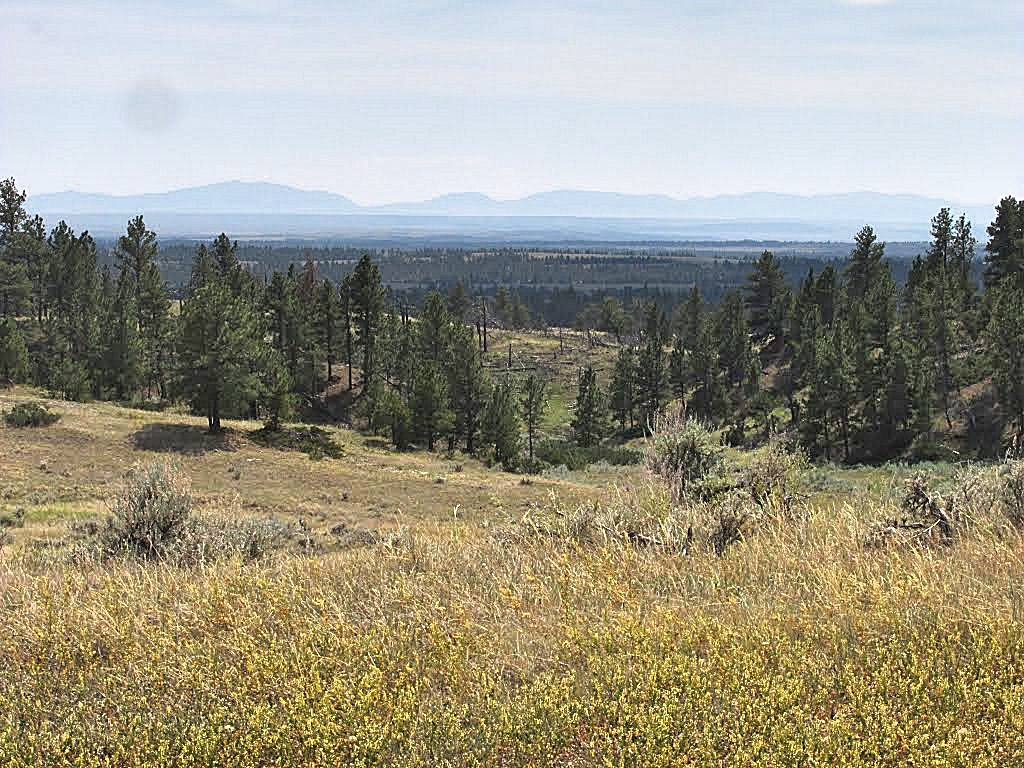
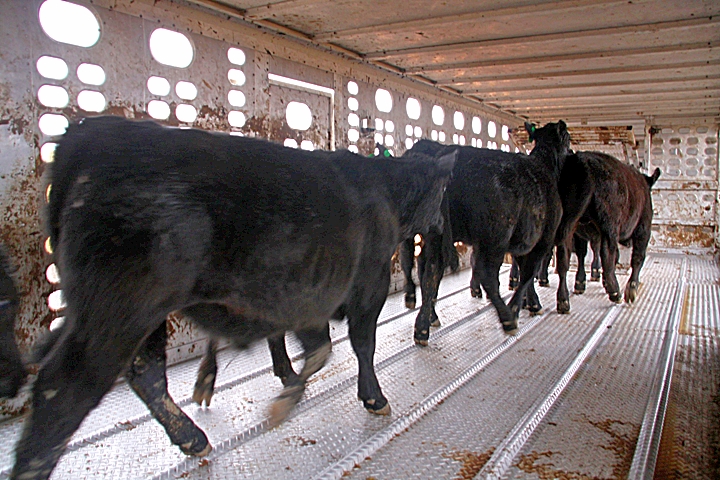
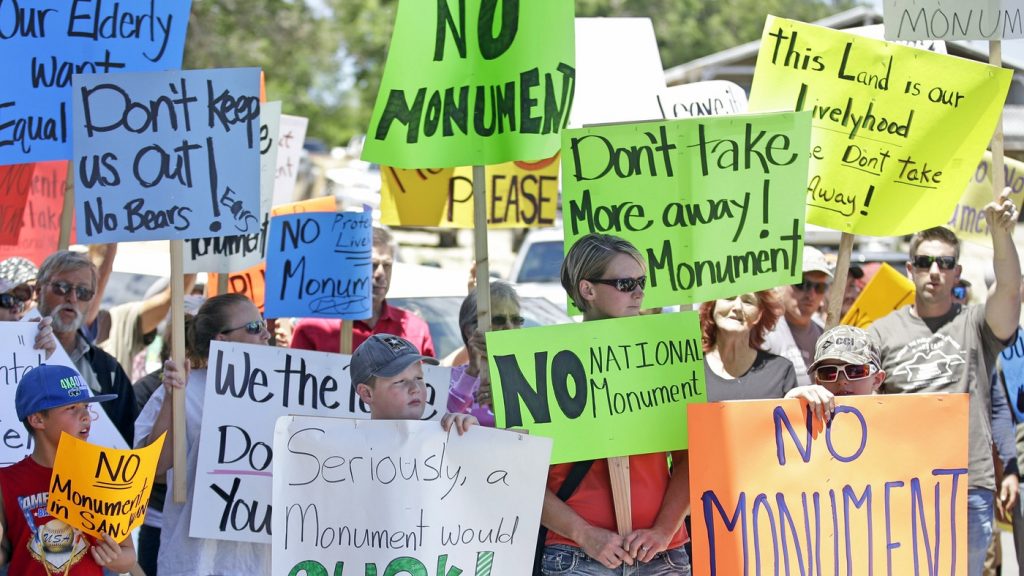
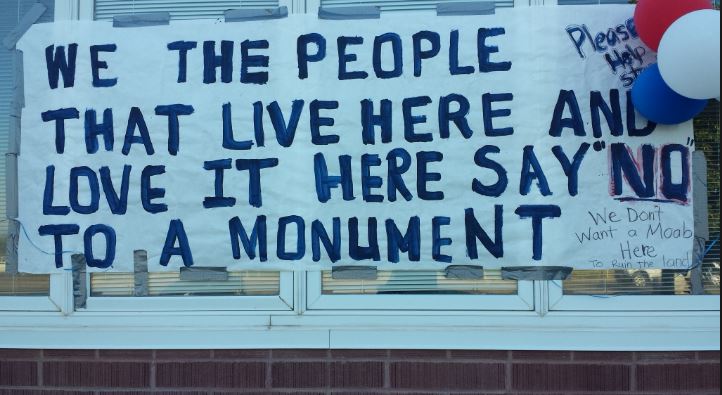
Another reason cattle grazing is so beneficial is keeping the fire danger down, this area should had immediately been opened up for grazing. But the feds are not friends of the people or the states, they are more like a foreign invaders out to destroy the people and the states unless they are good slaves. Lets get back to limiting any one and every one claiming to be from the Federal Government, they have no legitimate authority in the several States unless authorized by the Constitution of the United States ratified in 1791.
I do hope the Feds open up the this refuge for grazing. Most Cattle Ranchers take good care of the land and improve the land.